120 year old home, mysterious HVAC configuration problem
zabarino
4 years ago
Featured Answer
Sort by:Oldest
Comments (33)
kaseki
4 years agoAustin Air Companie
4 years agoRelated Professionals
Fort Lauderdale Home Automation & Home Media · Grand Rapids Home Automation & Home Media · San Pablo Home Automation & Home Media · Surfside Home Automation & Home Media · Shamong Kitchen & Bathroom Remodelers · Rossmoor General Contractors · Newburyport Painters · San Pedro Painters · Woodridge Painters · Worthington Painters · Amherst Kitchen & Bathroom Designers · Saint Peters Kitchen & Bathroom Designers · Lyons Kitchen & Bathroom Remodelers · Casas Adobes Cabinets & Cabinetry · Red Bank Cabinets & Cabinetrysktn77a
4 years agokaseki
4 years agozabarino
4 years agoHU-955941711
4 years agozabarino
4 years agozabarino
4 years agozabarino
4 years agomike_home
4 years agokaseki
4 years agoweedmeister
4 years agozabarino
4 years agozabarino
4 years agozabarino
4 years agoAustin Air Companie
4 years agozabarino
4 years agoUser
4 years agosktn77a
4 years agoAustin Air Companie
4 years agomike_home
4 years agolast modified: 4 years agosktn77a
4 years agoLyndee Lee
4 years agozabarino
4 years agolast modified: 4 years agozabarino
4 years agoAustin Air Companie
4 years agozabarino
4 years agolast modified: 4 years agoUser
4 years agoAustin Air Companie
4 years agomike_home
4 years agokaseki
4 years agozabarino
4 years ago
Related Stories

UNIVERSAL DESIGNMy Houzz: Universal Design Helps an 8-Year-Old Feel at Home
An innovative sensory room, wide doors and hallways, and other thoughtful design moves make this Canadian home work for the whole family
Full Story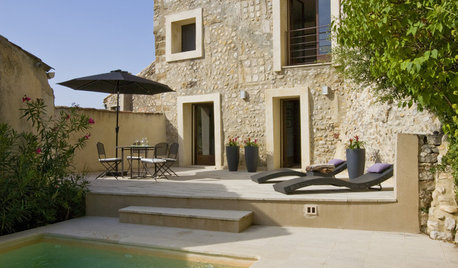
MODERN HOMESHouzz Tour: 800-Year-Old Walls, Modern Interiors in Provence
Old architecture and new additions mix beautifully in a luxurious renovated vacation home
Full Story
REMODELING GUIDESThe Hidden Problems in Old Houses
Before snatching up an old home, get to know what you’re in for by understanding the potential horrors that lurk below the surface
Full Story
DECORATING GUIDES25 Design Trends Coming to Homes Near You in 2016
From black stainless steel appliances to outdoor fabrics used indoors, these design ideas will be gaining steam in the new year
Full Story
REMODELING GUIDESOriginal Home Details: What to Keep, What to Cast Off
Renovate an older home without regrets with this insight on the details worth preserving
Full Story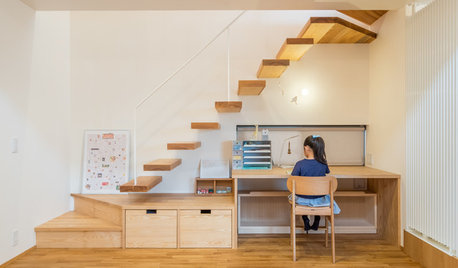
HOUZZ CALLHow Are You Handling Home Schooling Your Kids?
A writer reflects on the challenges he’s facing. Share your experiences of stepping into the heroic role of teacher
Full Story
GREEN BUILDINGGoing Solar at Home: Solar Panel Basics
Save money on electricity and reduce your carbon footprint by installing photovoltaic panels. This guide will help you get started
Full Story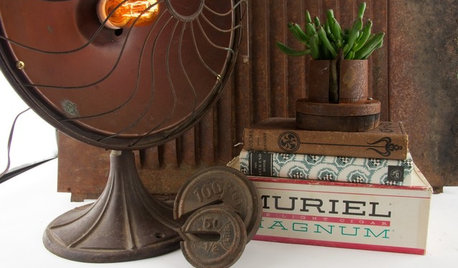
BUDGET DECORATINGDumpster Decorating: Furnishing Your Home With Repurposed Pieces
Whether you call them reclaimed or recycled, these furnishings honor our pocketbooks and our planet
Full Story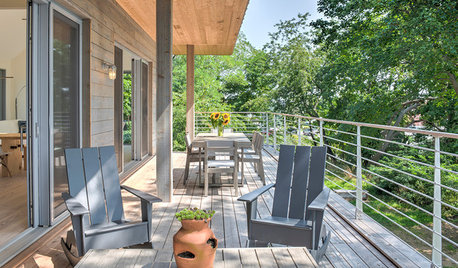
HOUZZ TOURSAn Architect Designs a Passive Home for His Family
This pro puts energy-efficient principles into practice in his weekend home in Long Island, New York
Full Story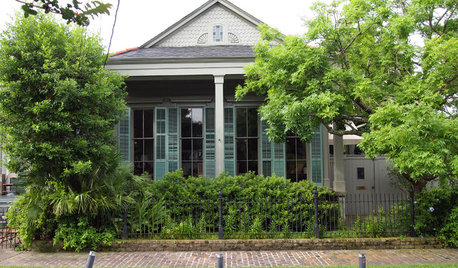
HOUZZ TOURSMy Houzz: Peek Inside an Artist’s Updated Shotgun Home and Studio
Gorgeous art and elegant style befit this New Orleans live-work property
Full Story

















DavidR